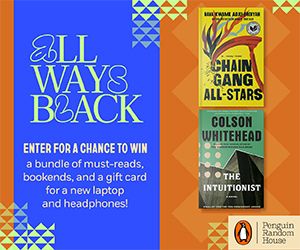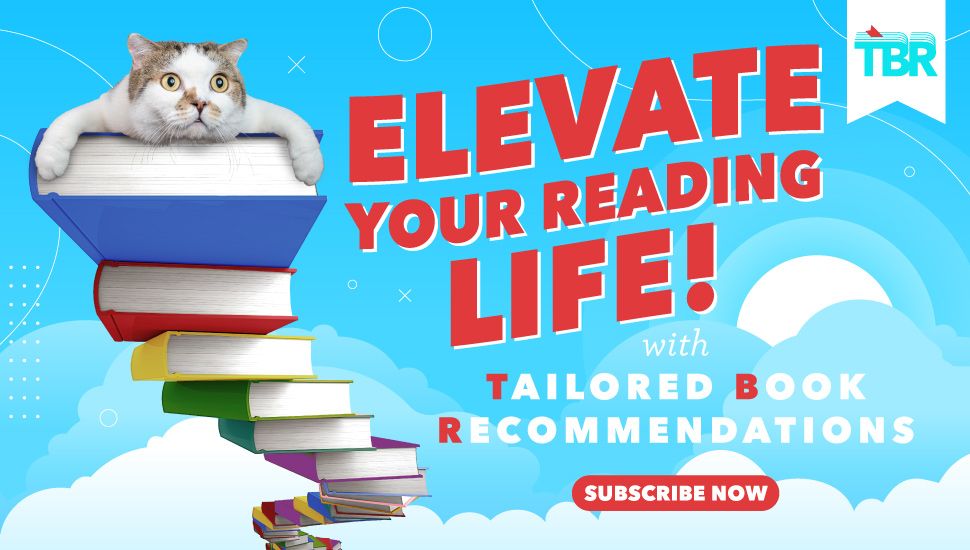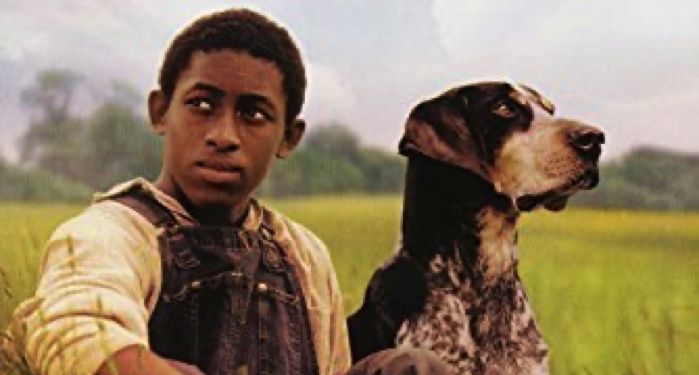
10 Classic Childhood Books You May Have Forgotten Featured Disabled Characters
CN: spoilers; examples of ableism and ableist slurs
Disability has always been a part of life, so it’s always been depicted in fiction, even when it may not be apparent. As a disabled elementary student in the 1990s, I remember feeling alienated by sparse or stereotypical disability representation. That doesn’t mean pre-2000s children’s literature was completely devoid of disabled authors or characters, although it felt like that to me at the time.
I didn’t read The Baby-Sitters Club, but I remember the series being popular. So, I learned about Stacey’s type 1 diabetes after the 2020 Netflix series premiered. This blogger reviewed the diabetes representation on the Netflix show, which she found mostly positive and realistic.
As my understanding of disability has changed, so have my observations of disabled characters. I initially wondered why the title character from the 20th Century Fox animated movie Anastasia doesn’t remember being 8 years old. As an adult, I realize Anastasia, AKA Anya, is disabled: she has amnesia from a traumatic brain injury.
As a kid, I searched primarily for disabled children in fiction. In retrospect, there were also some disabled adult characters. Many elderly characters (for example, young protagonists’ grandparents) were disabled, and some historical fiction books featured disabled veterans.
Some of my negative impressions of disability representation resulted from kids’ books in classrooms and libraries that were decades old at the time. Older books also frequently contained casual racism, antisemitism, or physical or emotional child abuse.
However, some of the most ableist kids’ books were new when I read them in the late ‘90s. A body-swap book depicted a dog in a child’s body as indistinguishable from a disabled child. One feminist retelling of Cinderella somehow tried to link a character’s slow gait and speech patterns to the fact that he was a rapist.
Long before I knew the word ableism, I noticed when media implied disabled people were horrifying or not real human beings. I always check my memories by rereading. For some of these books, I don’t know whether I’d consider them good or bad disability representation if I first read them today.
So, while I discuss what I like and dislike about many of these books, that’s not the focus of this list. Some readers may not have noticed these disabled characters because disability isn’t the focus of the story, or it’s not often named and analyzed. When one character was specified as disabled, I sometimes didn’t notice other characters might also be disabled. Here are 10 children’s classics that depict disability, even if it’s not what the book is primarily remembered for, or overtly stated.
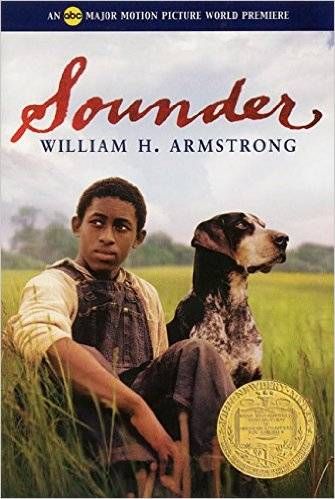
Sounder by William H. Armstrong
This children’s novel about a Black, sharecropper family won the Newbery Medal in 1970. The young protagonist’s father is sentenced to years of hard labor for stealing a ham. He comes home disabled after one side of his body is seriously injured in a quarry. I remember the love between the parents, children, and their dog, Sounder, clearly. Now that I understand history better, I realize the father’s disability would have put him even deeper in debt in the racist, ableist sharecropping system.

Heidi by Johanna Spyri
You might remember Heidi living in the Swiss Alps with her grandfather, but do you remember her disabled friend, Klara, who’s mysteriously cured? In this novel from around 1880, Klara’s rich family hires Heidi as Klara’s companion. Klara is described in ways considered ableist today, such as “an invalid” and “crippled.” Eventually, she becomes stronger. In movie adaptations, Klara’s “miracle cure” is immediate, while music swells. In the 1968 version, she’s walking and crawling in pain while the wheelchair she clearly still needs rolls down the mountain. Riva Lehrer named a whole chapter of her memoir Golem Girl after the 1937 movie. She describes herself and her mom watching the Shirley Temple version together. All versions of Heidi suggest Klara is pitiful and wasting her life by staying in the house and not walking.

Addy Walker books by Connie Porter
For BR in 2019, I reminisced about enjoying the American Girls franchise. I considered the books about Addy Walker the best-written of the series. Addy’s older brother, Sam, escapes enslavement and joins the Union Army. When the family finally reunites, in Addy Saves the Day, Sam’s left arm has been amputated. Sam is proud to be a free, Black, disabled Civil War veteran. He adapts to his disability, doing everything with one arm that he once did with two. He survived multiple traumas, and the books depict him respectfully, not with pity.
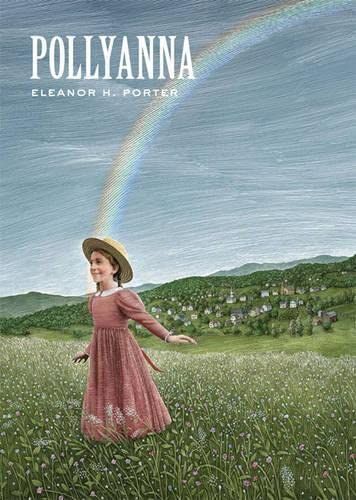
Pollyanna by Eleanor H. Porter
The protagonist’s name has become synonymous with optimism because she tries to find the upside to any situation. Her positivity is based on comparing herself to people she considers less fortunate. Often, this means pitying disabled people. She and her dad invent their “glad game” after finding a pair of crutches and being grateful she doesn’t need to use them. Near the end of the book, she’s disabled in a car accident but later learns to walk again. The book uses disability as a real and hypothetical worst-case scenario. I noticed the old-fashioned, ableist, racist attitudes in the 1913 book and 1960 Disney movie adaptation, even as a kid.
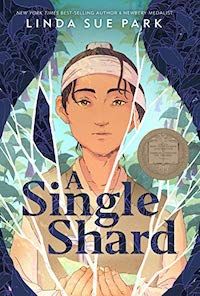
A Single Shard by Linda Sue Park
In 12th century Korea, a boy nicknamed Tree-ear becomes an apprentice to a potter and brings his village’s pottery to the king. Before that, Tree-ear was unhoused and lived with an elderly, disabled man called Crane-man. His nickname comes from the way he stands on one leg. I remembered the protagonist’s journey to the palace but didn’t remember Crane-man until I looked back at this book recently.
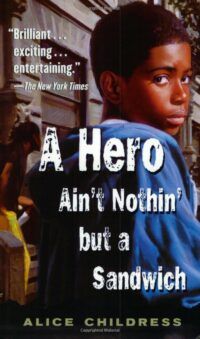
A Hero Ain’t Nothin’ but a Sandwich by Alice Childress
This young adult novel from 1973 became a Coretta Scott King Award honor book the next year. Benjie Johnson, the protagonist, is a 13-year-old Black boy from Harlem who uses and sells heroin. The author was also an actor and playwright and wrote distinct narrative voices for her characters. This book has often been banned for its subject matter. Substance abuse disorder is a disability, and people often use drugs to self-medicate for trauma, mental illness, or chronic pain. Benjie deals with racism and poverty and is in denial about the dangers of heroin. TIME called this influential book one of the best YA novels ever.
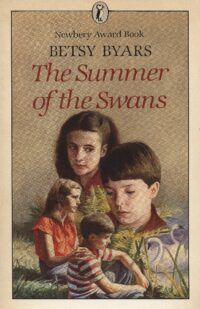
The Summer of the Swans by Betsy Byars
The teen protagonist, Sara, searches for her missing younger brother, Charlie. Even Sara uses the r-word to describe Charlie, who has an intellectual or developmental disability. As this book is from 1970, the r-word was probably in his official diagnosis. However, even today, several online reviews and study guides describe him with outdated terms like “challenged” or “mentally handicapped.” As a kid, I noticed Charlie’s disability and how it was described. As an adult, I think Sara may be mentally ill. She’s described as having frequent mood swings. The back matter says: “One moment she’s elated, the next, she’s in tears. And she can’t figure out why.”

Johnny Tremain by Esther Forbes
This Newbery Medal winner is set in Boston during the American Revolution. It fictionalizes many real people, like Paul Revere, and events, like the Boston Tea Party. After he burns his right hand, Johnny can no longer work as a silversmith’s apprentice. He ends up participating in the Revolution — maybe more directly than he would have as a silversmith. This is historical fiction from 1943 and set in the 1770s. So, unsurprisingly, it uses archaic language for disability. However, I’ve noticed the same issue I have with several other books on this list. Recent, online study guides use ableist terms to describe him, like “crippled.”
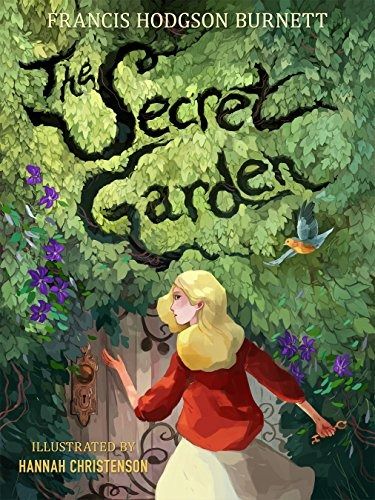
The Secret Garden by Frances Hodgson Burnett
Mary Lennox is a white, British girl growing up in India. After her parents die, she’s sent to England to live with her uncle. I found it upsetting that Mary’s cousin, Colin, is secluded in his own home because he’s disabled. It implies that disabled people are shameful secrets. After befriending Mary and spending time in the secret garden, Colin suddenly starts walking. Many disabled critics consider this book and Heidi examples of the magical (or miracle) cure trope. Burnett was also interested in controversial theories of the power of positive thinking. The implication that disabled people can “cure” ourselves through willpower or friendship is misleading and dangerous. Though Colin’s disability is more obvious, Mary may be chronically ill, and the novel links her self-absorbed attitude with her illness.

The Birchbark House Series by Louise Erdrich
The protagonist, Omakayas, is an Ojibwa (Anishinaabe) girl living with her family on an island near the Great Lakes in the 1840s. During a ritual, Omakayas sees a vision of herself as an old, blind woman and is thrilled, not afraid. She knows she will be a respected elder and storyteller someday, and her community will help her. Omakayas’s elderly role models include her Nokomis (grandmother) and Old Tallow, an elderly woman who prefers the company of her hunting dogs to most people. She’s always kind to Omakayas, though, and readers later learn she saved Omakayas’s life when she was a baby.
Disability Rep in Older Books: Not All Bad!
Although I remember many kids’ books so ableist they’d seem shocking today, there were also a few nuanced, respectful depictions.
In the past few years, there have been many more kids’ books with disabled characters and by disabled authors. In 2021 and 2023, BR analyzed disability representation in children’s and YA books.

